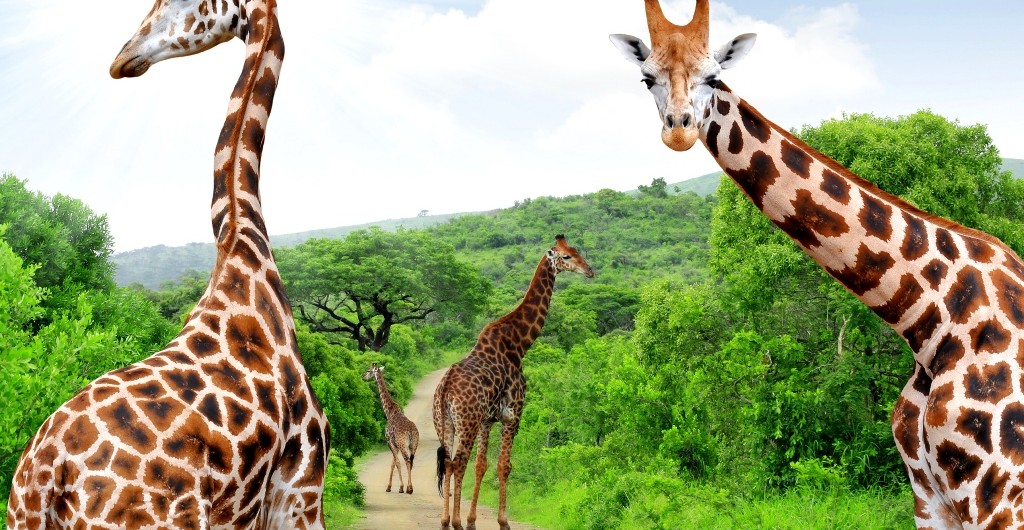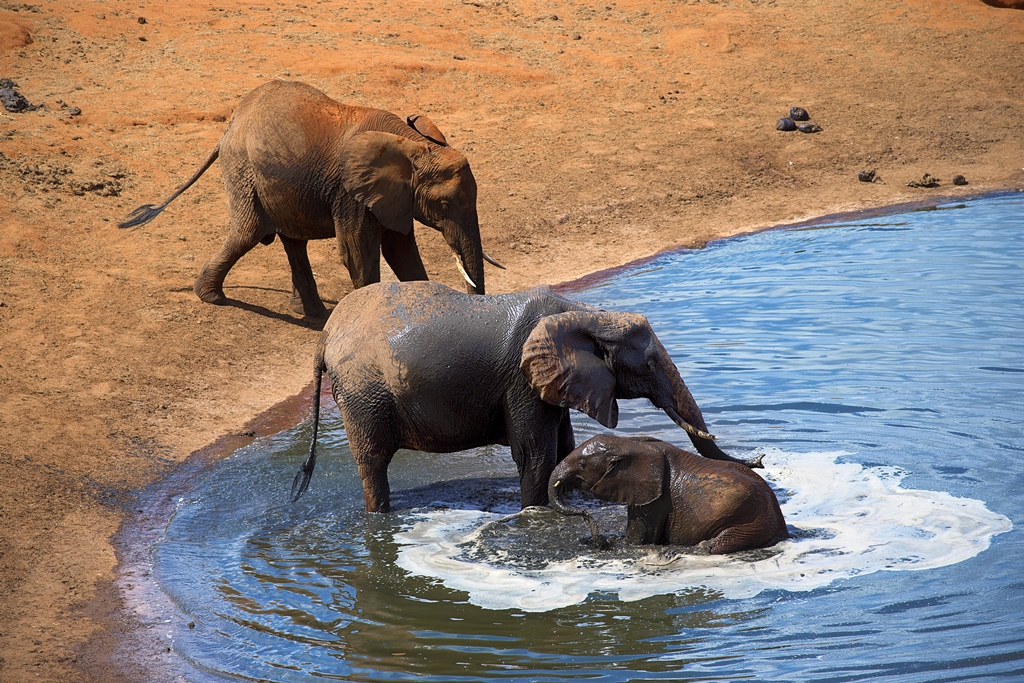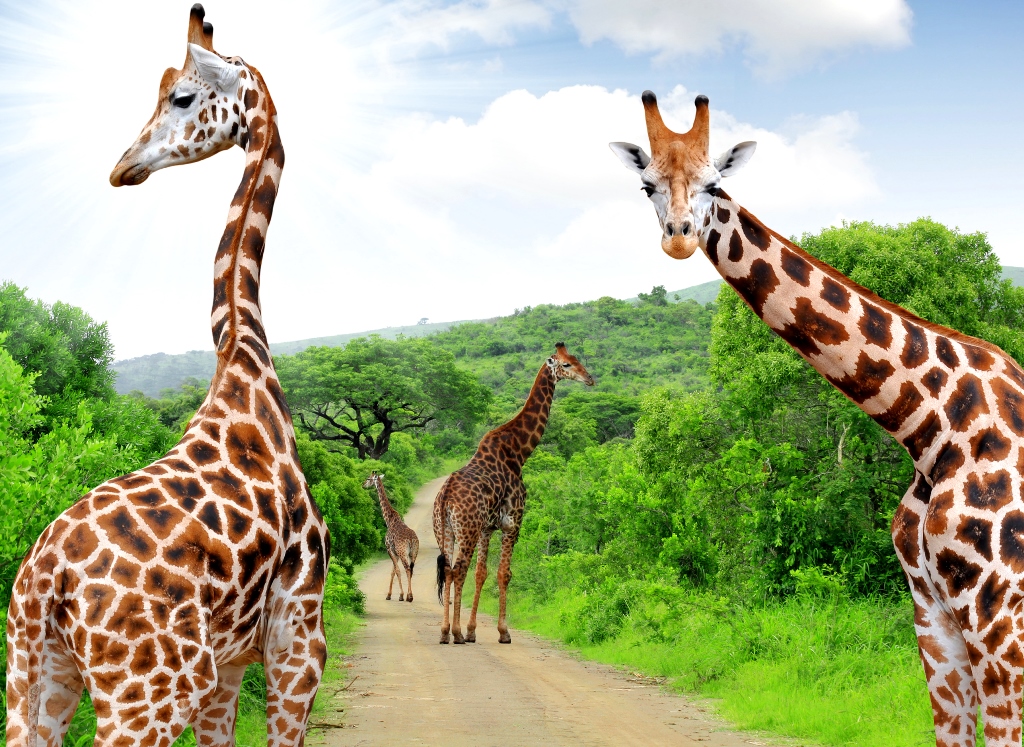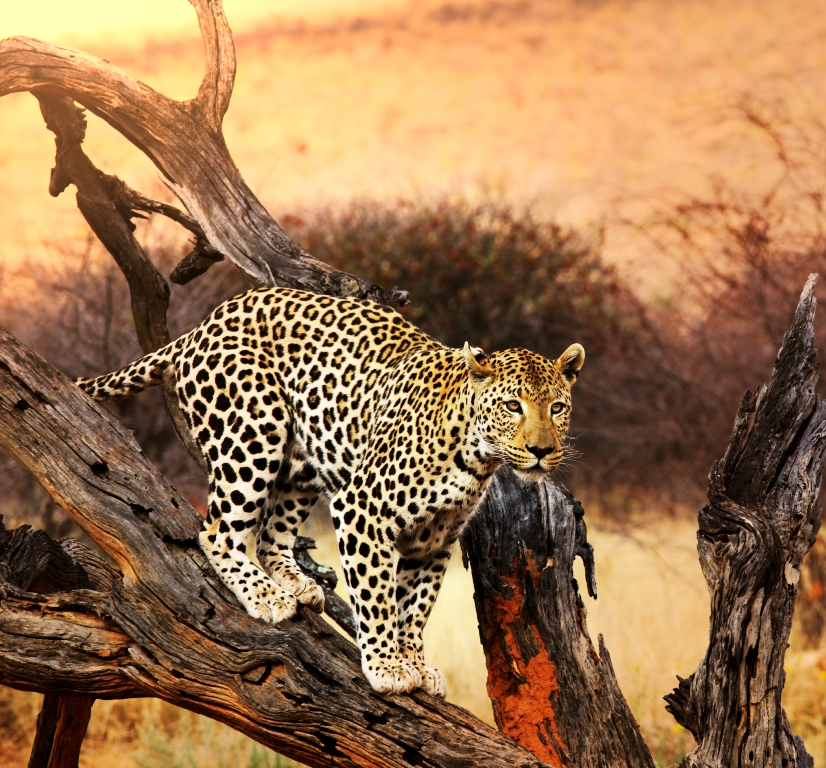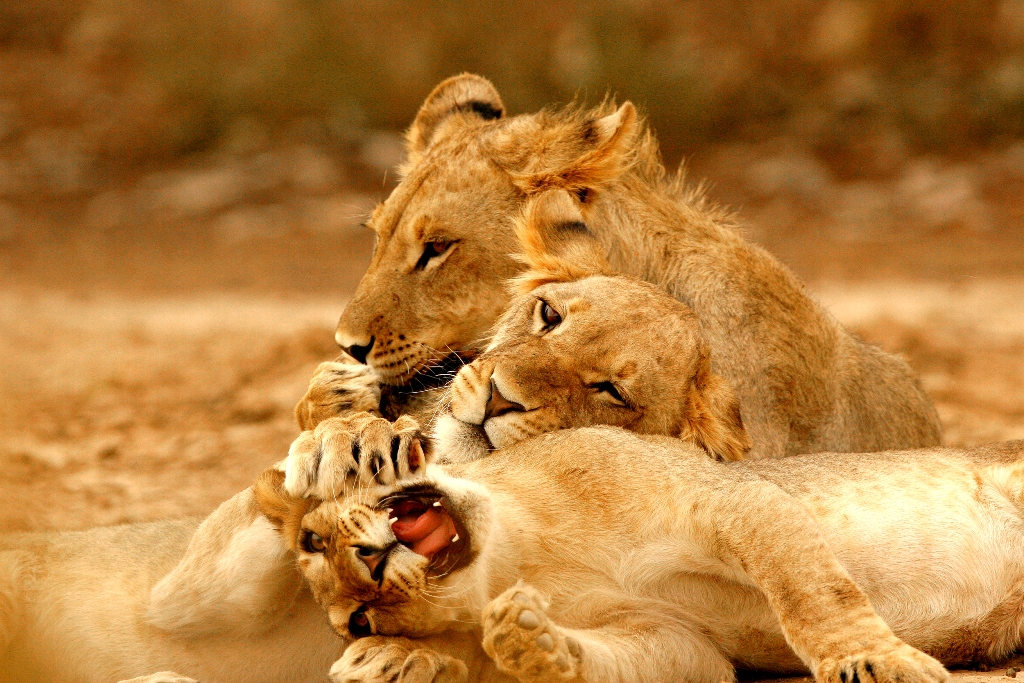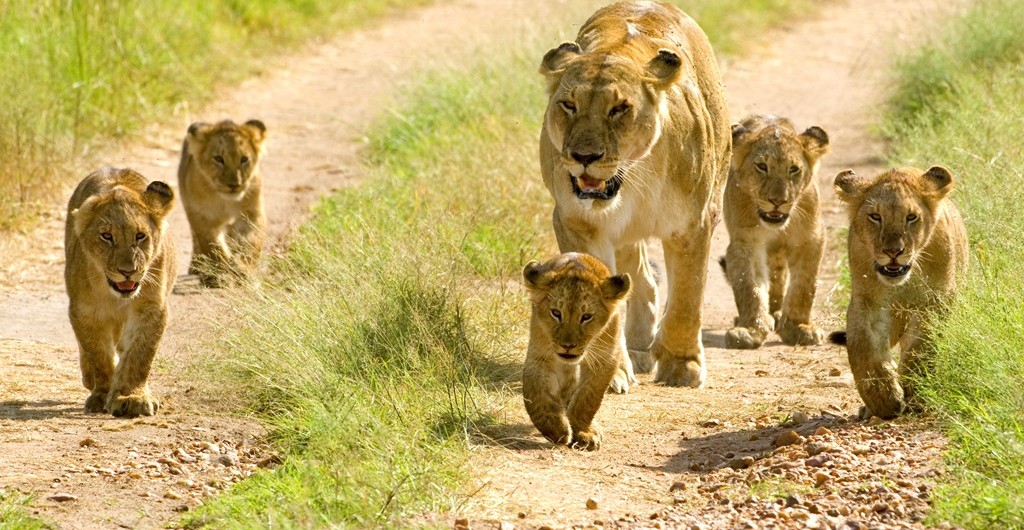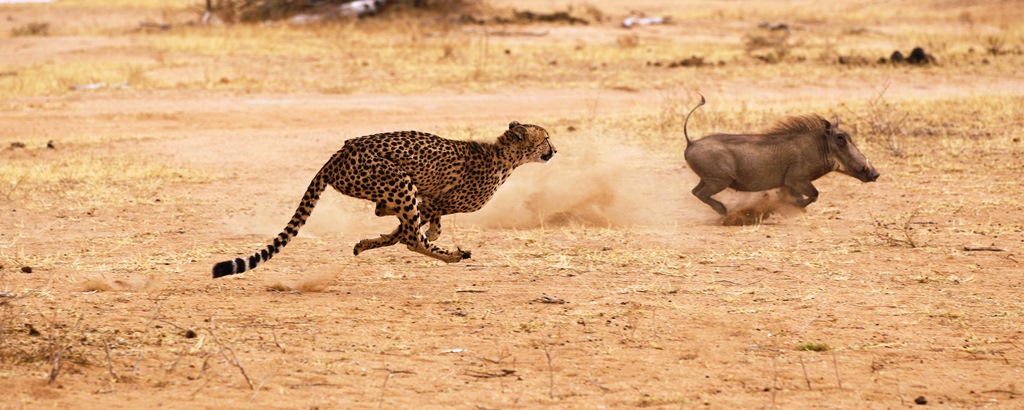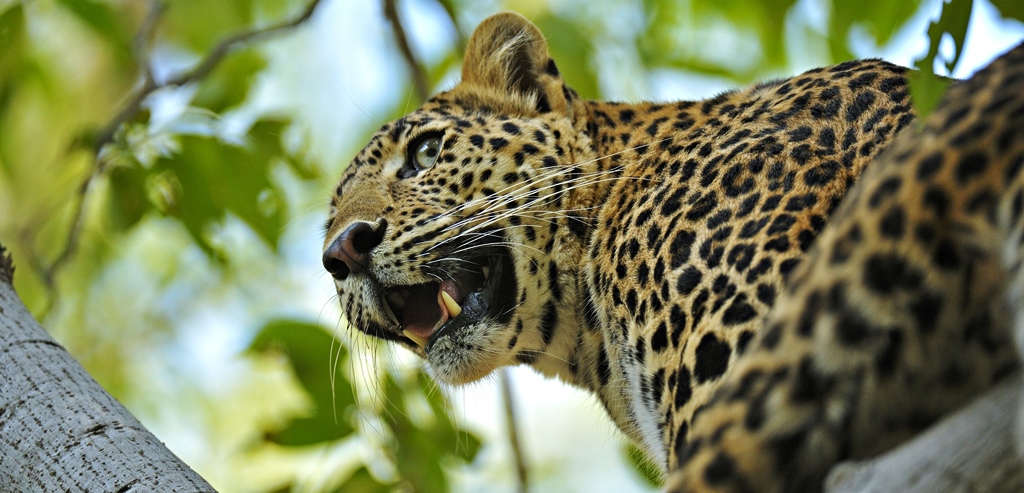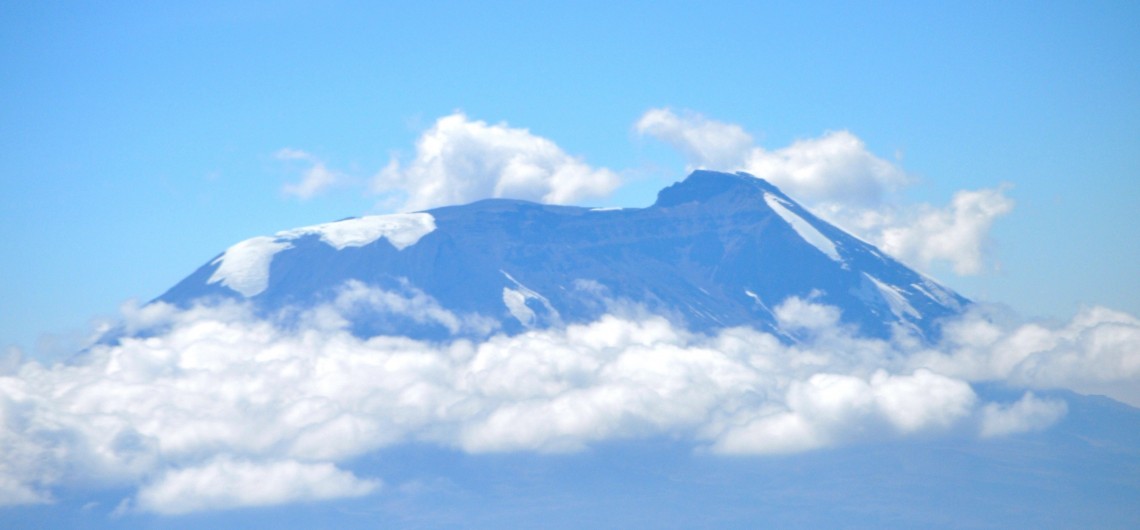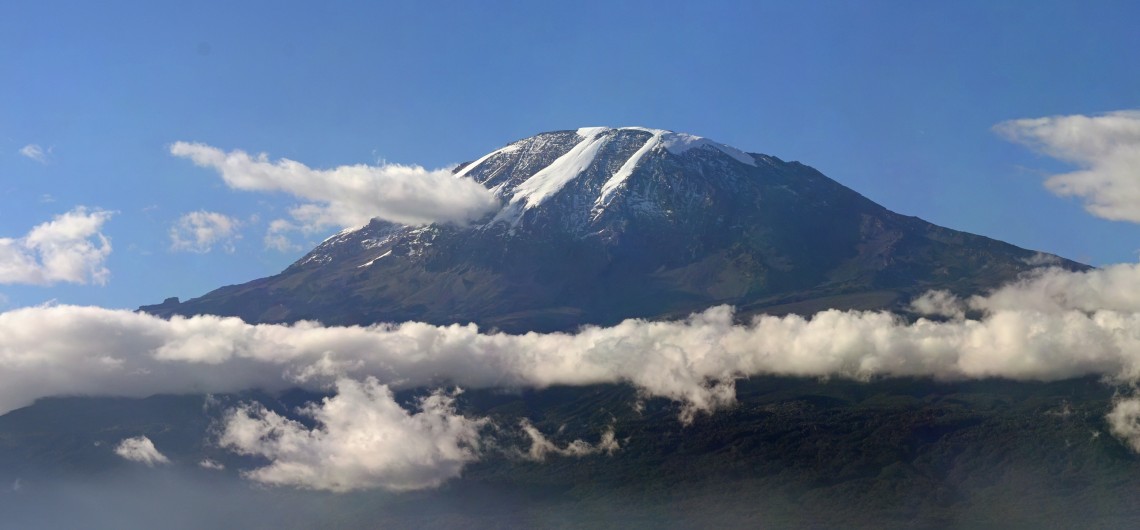Born on February 14th, 1898, Major Harold William “Bill” Tilman was an English explorer, mountaineer and one of the finest travel writers of the last century. He is known for his many climbing and sailing expeditions.
Tilman fought in both the World Wars and was awarded the Military Cross for bravery twice and Distinguished Service Order in World War I and II respectively. The latter was awarded for having fought behind the enemy lines in the Balkans.

Image Credits: www.grin.com
He was the true embodiment of the spirit of adventure. As he grew older, his zest for adventures became stronger. He has often been referred to as the conceiver of the stylish lightweight approach to mountaineering. It is said that Tilman was ahead of his time, he pioneered ecologically sound principles of adventure and exploration. He was one of those rare people who considered the journey itself as the adventure!
Even though he suffered from altitude sickness all his life, he either summited or attempted to summit the highest peaks known to man. He was a part of the two of the Mount Everest expeditions in the 30s. He participated in the Reconnaissance Expedition (to Everest) as the expedition leader, and reached 27,000 feet without oxygen. Along with his team that included Peter Lloyd, H. Adams Carter and Eric Shipton, he successfully made the ascent to Nanda Devi Sanctuary in 1936 and that remained to be the highest summit climbed by man until 1950. It was during this ascent that they discovered a new passage to this summit. More information about this can be found here .
Wildlife Safari is mostly a relaxed and fun activity and it can prove to be one of the best holidays you have ever had. It is not just thrilling and adventurous but also educational. To make sure that you get the best out of this experience there are a few things you should keep in mind while going on a Wildlife Safari:



This national park’s website describes Kruger as the “real Africa”. While those who are associated with Africa’s other wildlife sanctuaries might disagree, there’s no doubt that Kruger – one of eight game sanctuaries in the country – embodies perfectly the South African wildlife experience. But here, it’s more than just about the wildlife; a visit to Kruger is a visit back to a time when man first roamed the bush.
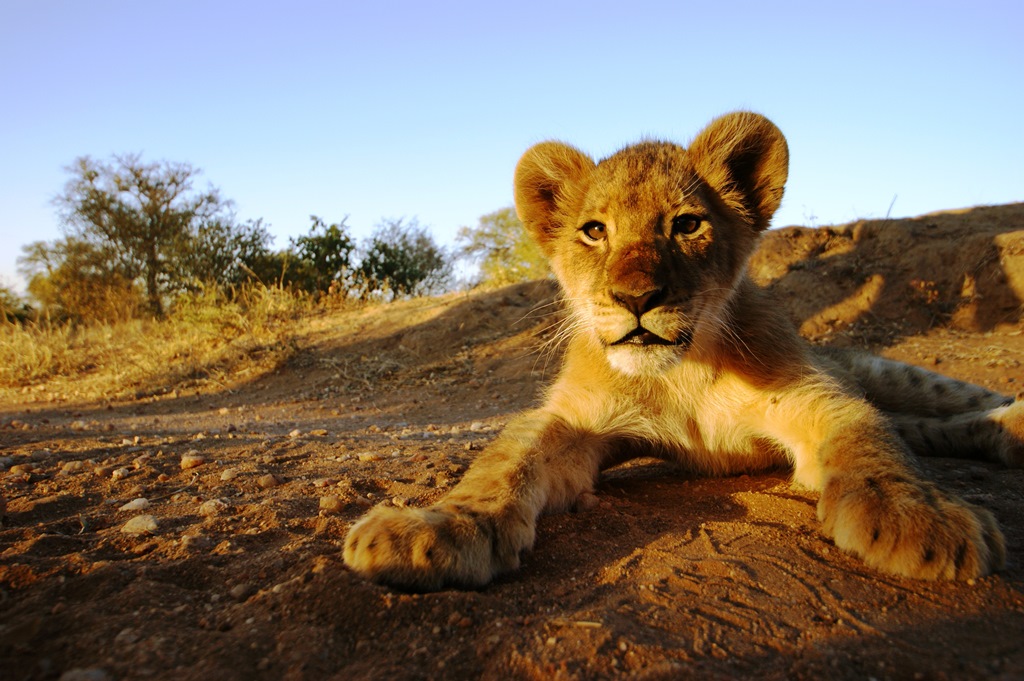
As iconic a game reserve as any in this magnificent continent, Kruger National Park is also one of Africa’s largest. With a total area of nearly two million hectares, Kruger extends 360km (224m) from north to south, while from east to west it averages a distance of 65km (40m) – at its widest, it measures 90km (56m). These facts testify to the size of the national park, but also more than hint at the variety of wildlife that one can expect to encounter here. Overall, Kruger makes for a magical and unforgettable experience.
At 147 species, Kruger has the maximum number of large animals than anywhere else on the continent. So if you’re looking to immerse yourself completely in a wildlife experience, there are few better game reserves than Kruger National Park in which to do so. There’s a mind-boggling diversity of animals (and birds) here – this place is paradise for the lover of wildlife. And the presence of knowledgeable guides will make your safari an even more memorable one. One can also spot wildlife by availing of guided walks, an altogether more exhilarating experience. (After a game drive or walking safari, treat yourself to some grilled meats at a bush braai, a barbecue that’s uniquely South African!)
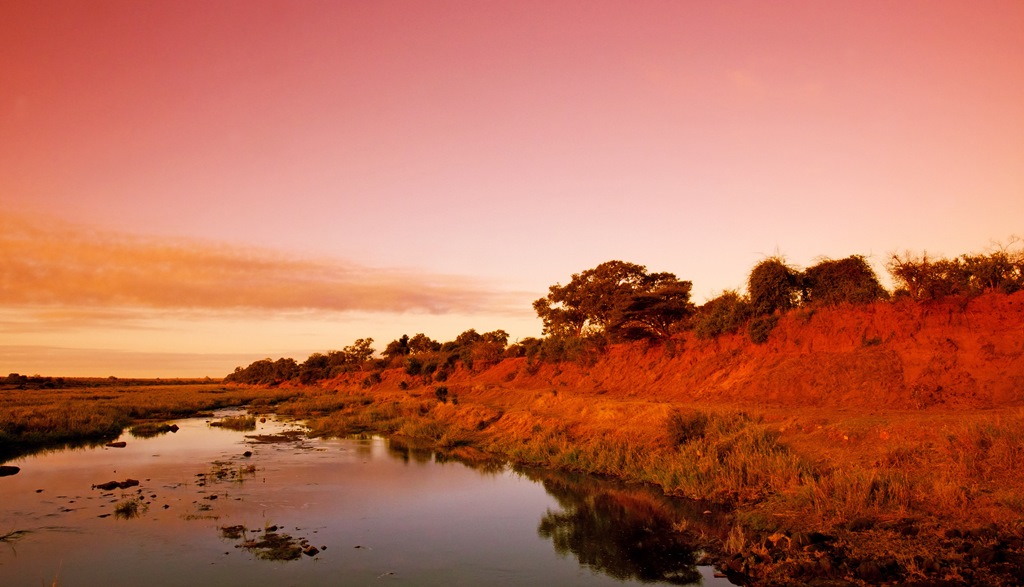
Summers here are usually very hot, with temperatures touching 40C, and humid. The rainy season extends from spring to autumn (September to May), with rainfall particularly heavy during summers. The best time to visit Kruger is during the southern hemisphere winter, from late May to mid-September, when temperatures are comparably cooler (nights can be cold). During these months, there is less chance of contracting malaria – and the drier conditions lead to a decrease in green cover, which means big game can be seen near watering holes every morning and evening. For birding, however, the ideal time to be in Kruger is during the rainy season, when you’ll find masses of migratory birds making the most of the verdant surrounds.
Find out more about Kruger National Park.
The term “Big Five” has become synonymous with African wildlife. It refers to the African Lion, Leopard, Rhinoceros, Elephant and Cape Buffalo. Out of these the Lion and the Elephant are classified as Endangered. The Leopard and the white Rhinoceros are categorized as Near Threatened. The black Rhinoceros is Critically Endangered; hence it cannot be hunted at all. The conservation status of the Cape Buffalo is Least Concern, thus making it the most popular to hunt.
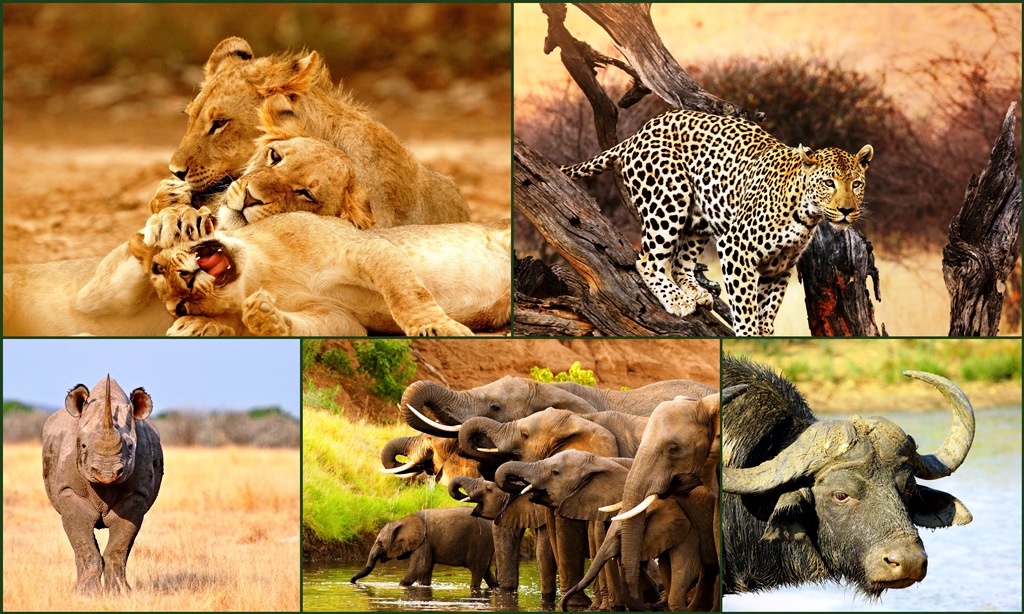
A lot of people could wonder as to why only these 5, why not the Cheetah or the Hippopotamus? The bitter truth is that this term was originally coined by big game hunters (while hunting on foot) and referred to the level of difficultly in bagging these large animals, primarily owing to their ferocity and defense mechanisms when cornered and also the amount of danger involved in direct contacts with these animals.
Afterwards the term was acquired by Safari tour operators for marketing purposes. The Rand banknotes released in South Africa in 1990 and later feature big-five animals on each denomination.

Image Credits: bdlive.co.za/markets
Uganda, South Africa, Tanzania, Botswana, Malawi, South Africa, Zimbabwe, Namibia, Kenya and Democratic Republic of the Congo are the countries where all the members of the big five can be found.
To read more about Africa’s Wildlife check out these destinations:
Kruger National Park – South Africa, Maasai Mara National Park – Kenya, Okavango Delta – Botswana, Serengeti National Park – Tanzania
For trips log on to www.adventurenation.com
At Adventure Nation, we are committed to providing you with the best of what the adventure world has to offer. Be it destinations, activities or adventure travel, we are your one-stop shop for all the information that you might need.
Other than the regular trips and activities that we offer, we also aim at creating something unique and exciting, keeping in mind the mood of our patrons. With that in focus, we recently conducted a survey to find out what you think are the top adventure activities. Here is what you said:
Mountaineering came out on top, receiving 11% of the votes, followed closely by skydiving (10%) and trekking/hiking (9%). Next in the list are rafting, scuba diving (both at 8%) and paragliding (7%). Wildlife safari, camping, bungee jumping and hot air ballooning complete our top 10.
Howdy, outdoorsy folks! A new week is here and with that it’s time to talk about new things, new places and new adventures. This time we bring to you The African Adventures in Tanzania. From national parks and wildlife safaris to the continent’s highest mountain peak, this East African nation has it all. Here’s our pick of the top 10:
- Serengeti National Park – Wildlife/Jeep Safari, Photography
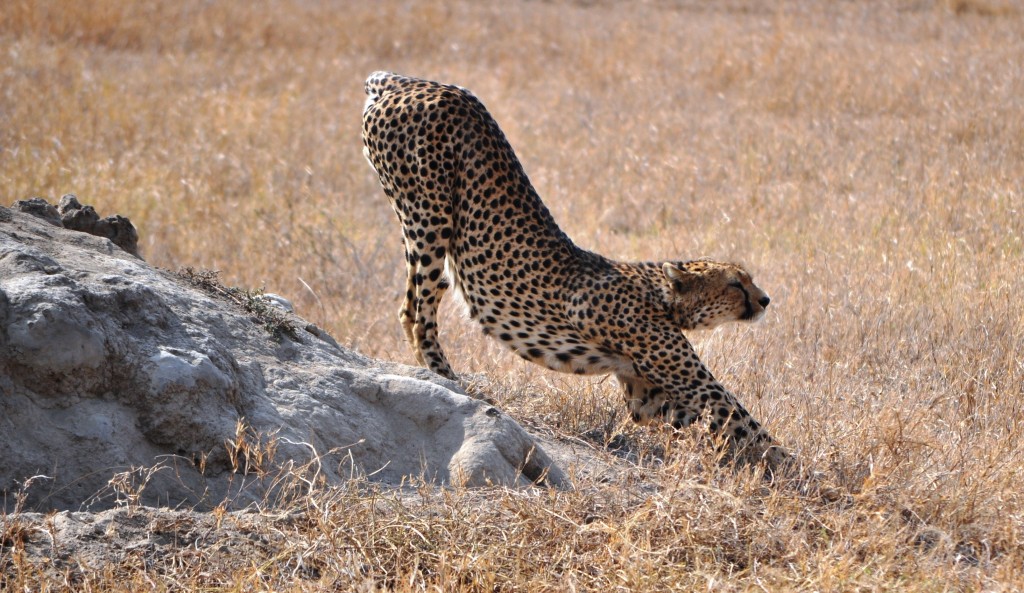
The Serengeti National Park has the perfect African safari setting. It is one of the most popular tourist attractions in Tanzania and is well known for its annual wildlife migration of wildebeest and zebra. The month of May is one of the best times to visit the park, when the grass is dry and the wildebeest and zebra start to gather in huge armies, presenting an amazing wildlife show. Meanwhile, the vast spread of grasslands make the Serengeti ideal for witnessing lion kills – one can see the whole spectacle clearly!

